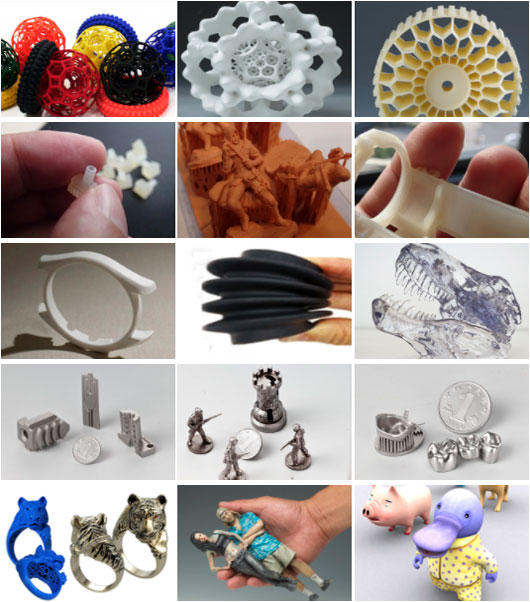Guide
- How to Calculate 3D Printing Price (SLS, SLA, SLM, MJF, FDM, ETC.,)
- Anodizing vs. Painting: An In-depth Analysis
- 9 Types of 3D Printed Metal Copper Techniques
- 3D Printing Materials and How to Choose the Right One?
- What Is Micro Manufacturing Technology
- Wire 3D Printing: Process, Filament, Printer and Features
- Uncover The Mystery Of CNC Machining
- Huazhong University of Science and Technology has made new breakthroughs in ultrafast laser 3D printing of fine and complex semiconductor micro-nano structures
- In 2025, there will be more than 600 metal 3D printing equipment serving China’s aerospace and other fields
- Looking at the development trend of 3D printing from Formnext 2021
- 3D printed prototype silica gel molds, realizing small batch production of industrial products
- Global architectural 3D printing inventory, no need to move bricks to build a house
- The latest application cases of 3D printing in aviation
- 3D printing everything? Japanese media: Printable buildings, parts, organs and even food…
- 3D printing provides emergency production of anti-epidemic products, global anti-epidemic
Case Studies

3D printing helps accelerate the transformation of the new energy industry structure
Clean energy with smaller volume, higher energy storage, and lower energy consumption will become the mainstreamClean energy with smaller volume, higher energy storage, and lower energy consumption will become the mainstream
3D Printing Technology For Oil Field And Energy
The world today is facing major changes unseen in a century. Major changes have taken place in the international energy landscape. International competition around energy technology and industrial transformation has become increasingly fierce. The energy system is shifting from the absolute dominance of fossil energy to low-carbon and multi-energy integration. The global energy production and consumption revolution continues to deepen, and new industries and new formats are growing. Energy production systems are very complex and diverse, full of key components that can handle extreme conditions.
The global energy market is currently in a transitional period. The energy structure urgently needs to be driven by technological progress and environmental demands to transform to cleaner, lower-carbon, green and clean energy. Emerging energies such as wind power, nuclear power, solar power, and biofuel cells will become the mainstream in the future energy structure. And 3D printing technology has advantages in the rapid manufacturing of small batch products and the manufacturing of complex parts. Governments and private organizations around the world have been testing 3D printed components in energy production systems.
Table of Contents
Why Choose Our 3D Printing Energy Service?
PTJ meets or exceeds the quality standards of the world’s most demanding industries with our state of the art equipment and quality standards. Our precision and productivity is made possible by our ultimate success factor: the presence of skillful, knowledgeable PTJ experts in Energy 3d printing and more additive manufacturing parts.
- No minimum order quantity
- Metal or plastic 3D printed prototype and production parts in 7-10 days
- Precision custom 3D printing parts at affordable prices
- Online free quote in the shortest time
- Single prototypes or complex shapes are both allowed
- A wide selection of metal or plastic materials
- Commercial and industrial-grade 3D printers
- Cooperative supplier assistance project
- Provide a quick solution for small batches of complex prototypes
- Provide a quick solution for small batches of complex prototypes
- We provide with our partner
- 3D printing services for metals and plastics
- Meet the rapid needs of complex prototype designers
In The Field Of New Energy, What Needs Does PTJ Solve For Customers?
As energy, oil and gas companies continue to explore the benefits of effectively using 3D printing in their supply chains, the industry may see significant growth. On offshore rigs, downtime can be very expensive for oil companies. 3D printing solves this challenge through on-site manufacturing to quickly replace damaged parts. Energy, oil and gas engineers can seek to adopt integrated designs produced by PTJ to improve the efficiency of components. Facts have proved that this technology is increasingly able to meet the complex needs of the energy industry.
The Function Of 3D Printing Energy
Customized Production Of Energy Storage Devices
From design, modeling, proofing to small batch production, it meets the rapid production needs of new equipment parts or devices in the new energy industry.
Detection And Repair Of Energy Equipment
Three-dimensional digitization has been widely used in the field of scene-based on-site and component inspection. It can verify damaged and vulnerable components in a timely and accurate manner from the design, respond to repairs immediately, and efficiently produce spare parts and spare parts on the spot.
Testing And R&D Of Energy Materials
The unique manufacturing method of 3D printing can change the arrangement of energy storage units and change the micro-electrode structure, thereby optimizing energy storage efficiency and discharge speed, thereby greatly improving the utilization of new energy sources. Emerging printed conductive materials have also created the possibility for the development of new types of energy.
Organizational Optimization Of Energy-Consuming Components
3D printing technology can realize the integrated molding of complex structures, making it possible for the unique cooling circuit design to optimize the design of core energy-consuming components.
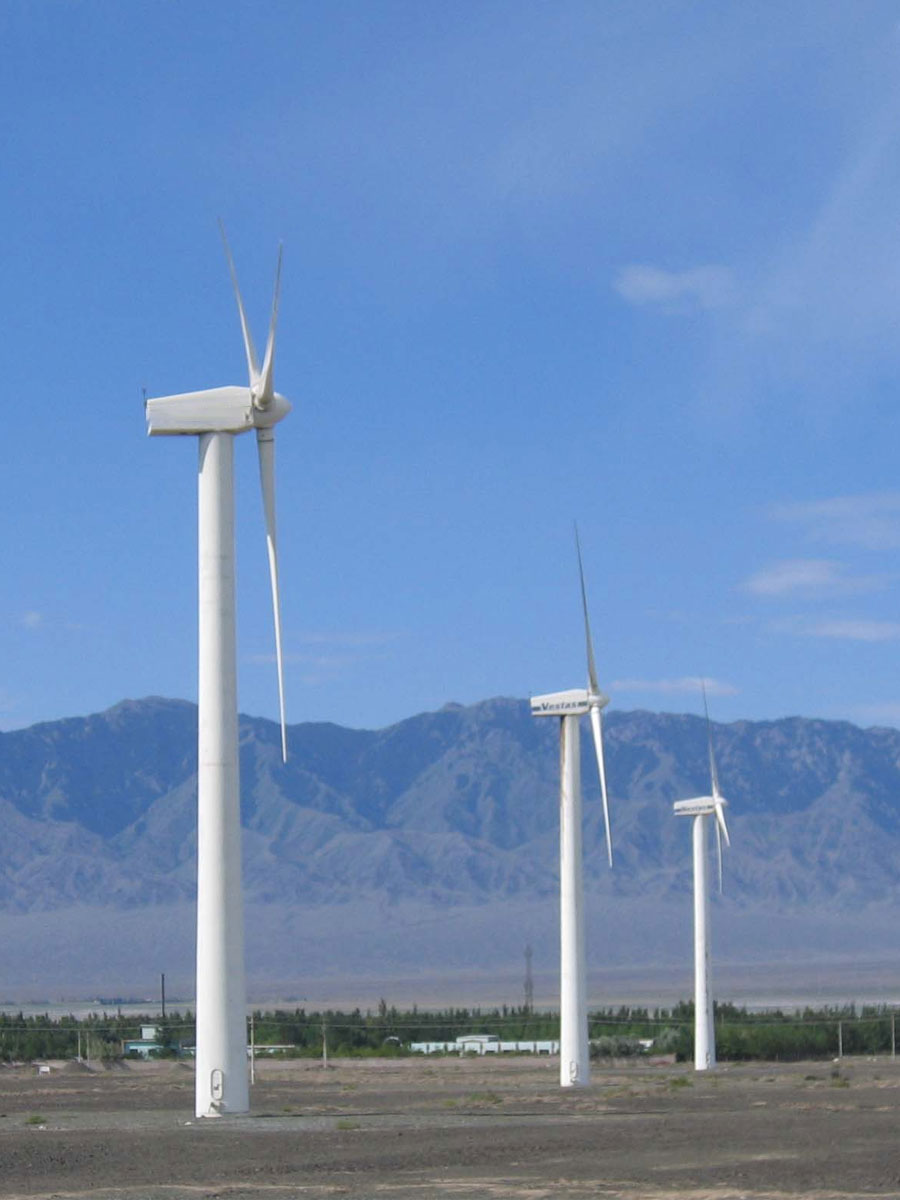

The Application Of 3D Printing Energy
The key application of 3D printing in the energy sector is rapid prototyping. Time to market is one of the most critical issues facing any industry-the longer their concept stays in the design cycle, the less the company’s potential profit. Under pressure to create solutions quickly, engineers and designers must make fast and accurate decisions in the concept phase. Rapid prototyping is a critical step in design verification, but if it cannot be performed quickly and cost-effectively, it may constitute a potential obstacle to start-up. Rapid prototyping and 3D printing go hand in hand. 3D printed prototypes enable engineers to fail quickly, produce multiple iterations, and change component designs overnight to meet deadlines.
Using 3D printing to manufacture products, end-use parts has also become an increasingly mainstream business in the energy sector. Because 3D printing can create customized, complex parts faster than traditional manufacturing processes, engineers found the technology to be an ideal solution for low-volume projects. 3D printing does not require tools, and it can produce lightweight structures with complex internal features, which is a key element of next-generation energy, oil and gas components.
The oil and gas industry needs parts to meet strong performance and environmental standards. AM allows the realization of complex geometries in a fluid configuration. 3D printing metal materials are dense, corrosion-resistant, and high-strength, which can meet many application requirements. The newly developed 3D printing materials, such as the PEKK-based thermoplastic Antero 800NA, have both hydrocarbon resistance, good tensile properties and high thermal deformation.
In the parts market, you can see the increasingly important application of 3D printing in the energy field. The high cost of downtime and the challenge of distributing logistics to widely distributed remote areas have resulted in excessive spare parts inventories. 3D printing can provide solutions through on-site systems or fast on-demand printing of old parts from 3D printing service providers.
The Energy Applications Types That Use 3D Printing To Make Prototypes Or Production
- Gas turbine nozzle
- SSD protective cover
- Sand control net
- Downhole cleaning tool nozzle
- Subsea chemical rod injection tool
- Sealing accessories
- Perforated facet joints
- Liner hanger nails
- drill
- Investment casting mode
- Fluid/Water Flow Analysis
- Turbomachinery
- Fixtures and fixtures
- Rotor
- stator
- Mud motor module
- Flowmeter parts
- Pressure gauge
- Control valve assembly
- Pump manifold
- spare parts
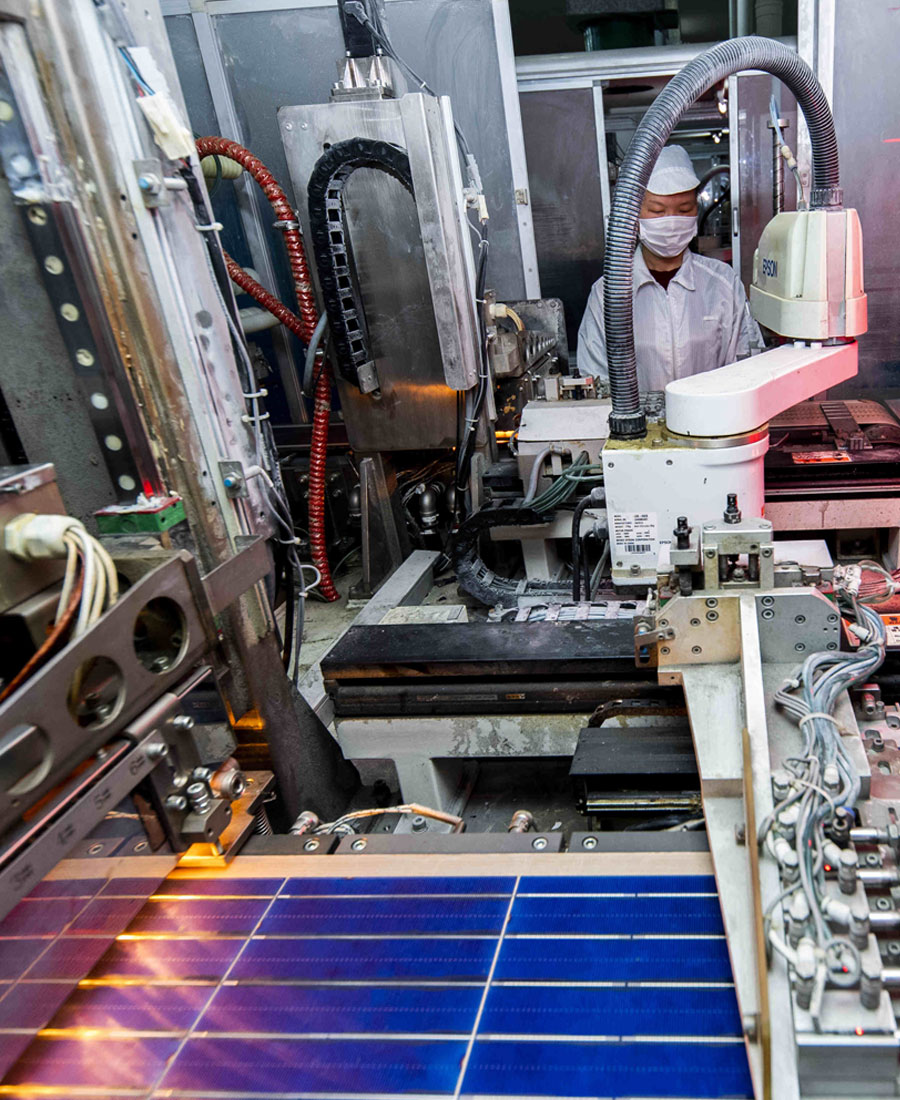
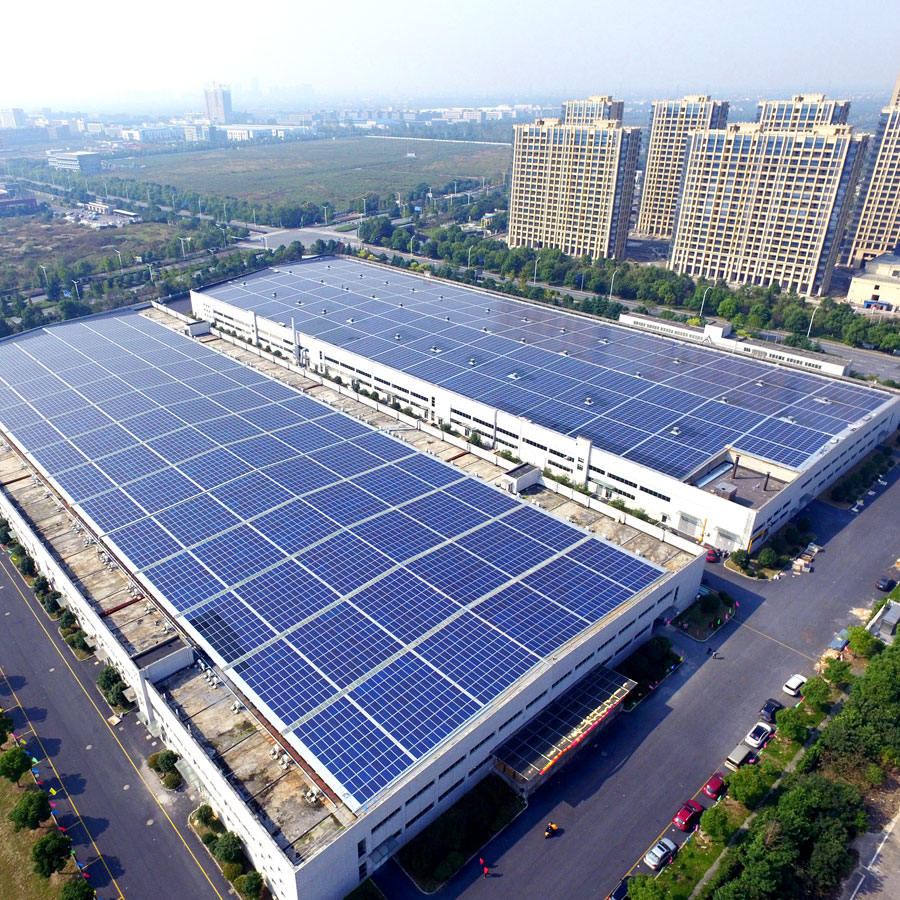
3D Printed Solar Panels
3D printing is not only seen as a way of the renewable energy supply chain, but also a way to reduce costs and promote the development process, which will help the renewable energy industry to flourish and allow it to replace traditional energy sources. At the same time, it can develop new materials to create new clean energy equipment.
Compared with traditional solar panels, 3D printed solar panels have unparalleled technical advantages: production will be liberated, decentralized, and users can become their own masters; in terms of supply chain, this model has also realized that Use is ready, supply and demand are completely balanced, which solves the situation of inventory backlog or short supply. In addition, 3D printing technology allows the solar energy industry to produce products with unprecedented lightness and thinness. Once the shape, volume, weight and other factors of the solar panel are no longer limited, it can find many new application scenarios that we had never imagined before.
These 3D printed panels require more research and development to enable them to be adopted on a larger scale. It has been proven that their efficiency is 20% higher than that of traditional methods. In addition, their production costs are less than half of traditional methods. The cost reduction has had a positive impact on the widespread application of renewable energy, which also opened the door for developing countries that have no easy access to electricity to use renewable energy, because the governments of developing countries have less funds to invest in these new technologies.
3D Printed Wind Tur Bines
The limitations of the previous generations of manufacturing technology for wind turbines and their reliance on lower-cost materials have limited the types of shear net structures that can be used, but 3D printing will soon be able to change all of this.
A wind turbine nacelle made of structural fabric or blades with metal mesh makes this hybrid wind turbine no longer a fantasy, which can minimize weight and enhance structural integrity. Not only that, as the power rating and power density of wind turbines continue to grow, the rotor size must also increase proportionally, and this is where 3D printing is needed to play a role.
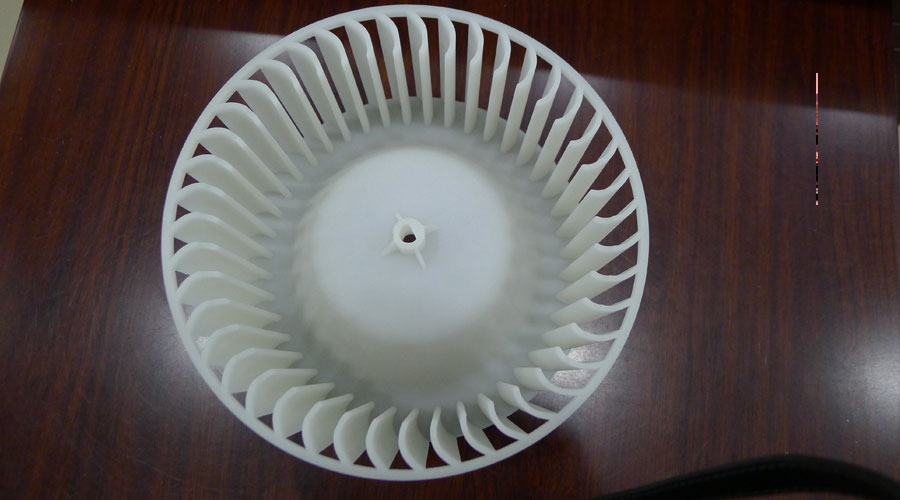
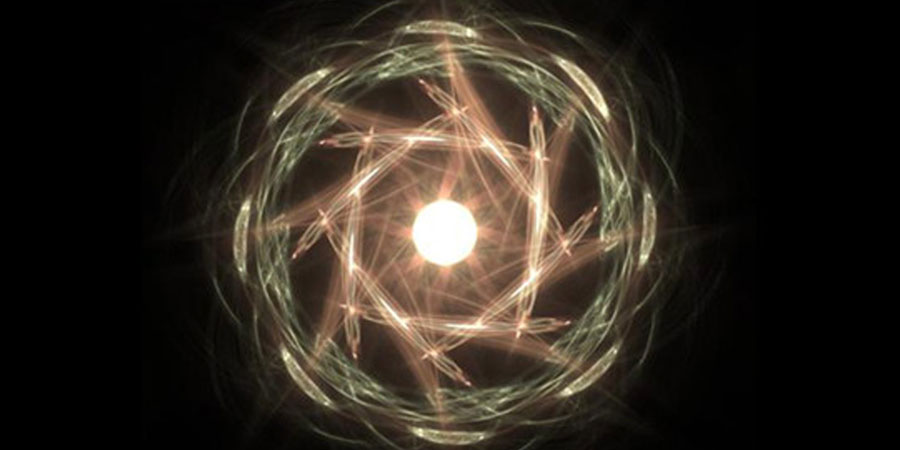
3D Printing And Nuclear Energy
Using 3D printing technology, large-scale metal components with complex structures can be accurately formed in one piece, and nuclear power facilities related parts can be produced flexibly, opening up a new path for high-quality, high-efficiency, and low-cost manufacturing of nuclear power equipment. Relevant practices have shown that the performance of 3D printed parts has reached or even partially surpassed the products being used in the nuclear power industry.
PTJ offers online 3D printing services for china rapid prototyping and production of non-metal and metal 3D printed parts at affordable prices.
- * Supports drawing uploads in file formats “.pdf”, “.jpg”, and “.png”.
- * Supports file uploading and loading of 3D (3D) CAD data “.igs” and “.step”.
- * Supports file uploading of two-dimensional (2D) CAD data “.dxf” and “.dwg”.
- PC
- ST-130
- PA 2200
- CoCrMo
- PA 3200 GF
- ABS M30
- Ceramic
- POM-like
- ULTEMTM 9085
- Paraffin Material
- Polyphenylsulfone
- Polyetheretherketone
- Soft Rubber Material
- Aluminum Filled Nylon
- High Ultra-Fine Plastic
- Mold Steel MS1
- NickelAlloy IN718
- Titanium Alloy Ti64
- White Photosensitive Resin
- Black Photosensitive Resin
- Transparent Photosensitive Resin
- Full Color Photosensitive Resin
- Micro-nano Material
- High Ultra-Fine Plastic
- Full-Color Gypsum Composite Material
GET IN TOUCH OR GET A QUOTE
PTJ 3D Printing
Mobile WhatsApp WeChat:
+86 8288 6112
+86 152 1709 1354
Email: [email protected]
Address: Dongguan City, Guangdong Province, China.
